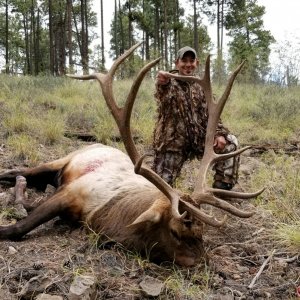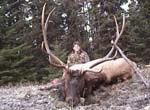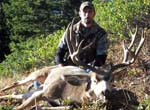I would like someone to actually post numbers, if you have some or a reference to where they are id like to see them before agreeing its "totally false". I think it would be an interesting exercise.
I did take a few minutes to compare Idaho and Nevada. Two states I hunt and have some knowledge about but I am by no means an expert. I only compared changes in draw odds for the controlled hunts of the 2018 and 2019 seasons.
I'd also like to say that the Idaho website is a lot easier to pull data from, so kudos to them.
I pulled the 2019 and 2018 mule deer controlled hunt data from IDFG and took the average of the "drew" columns for residents and non residents in an effort to get the average draw rate for residents and nonresidents. After that I took the 2018 average minus the 2019 average and divided that number by the 2018 average. This gives you a rate of change.
The rate of change from 2018 to 2019 for Idaho residents to draw a controlled hunt tag decreased 9.756%. Non residents decreased 18.519%.
The rate of change from 2018 to 2019 for Nevada Residents to draw a controlled unit tag increased 4.842% while non residents decreased 4.411%.
Nevada residents did apply for more tags in 2019 but more tags were also issued over 2018. There are lots of reasons as to why this difference, if true, exists and I would be more than happy to nit pick them to death but if true these basic simple numbers tell a story of these two states. I may branch out to other state as I like numbers. It would be interesting to add a true preference point system to this data.
Your Idaho "data" is literally meaningless. There are a thousand reasons it doesn't mean anything, but here are a few.
1. It takes into no consideration that in the years mentioned many easy to draw antlerless tags were converted to OTC tags (Side note: I'd like to see that happen in any points state. Does Nevada even have OTC opportunity?). This alone accounts for thousands of relatively easy to draw tags dropping out of the system between the two years you mention. This skews your percentage heavily into making it look like it was a lot harder to draw tags in 2019 than 2018.
2. It doesn't consider the winter kill and reduction of tags for mule deer in Idaho over those years. Especially mule deer doe tags in response to the winter of '17. Nevada doesn't deal with winters like Idaho and didn't have tag reductions to deal with in that same time.
3. There are also a whole bunch of controlled Idaho tags that no one, resident or non-resident, put in for. It places these drawing odds as 0% in the information, when they should in fact be 100%. These can be heavily influenced from year to year in the numbers, because if one person puts in for the hunt it jumps from 0% odds to 100% odds or vice versa in a single year. Unlimited tags can be thrown in this category as well. I don't think Nevada has any unlimited tags, but Idaho has many. If you look at the data between 2018 and 2019, you'd see that the number of applicants jumped up by a very large amount just on these unlimited tags alone. Idaho also changed the rule on how many non-residents could draw an unlimited tag between those years. In 2018 the tags were truly unlimited for non-residents and in 2019 they were limited to certain percentage of tags. This skewed your data heavily as well.
4. It also doesn't account for the fact that the non-resident odds portion of the information provided by the Idaho fish and game is an not an accurate depiction of what the actual draw odds are for non-residents. Same with the resident odds for that matter. Because of the way Idaho allocates non-resident draw tags, it is basically impossible to calculate actual draw odds for non-residents and residents separately. Your best indication of odds is the combined odds as residents and non-residents compete against each other for the same tags in the Idaho system. Whenever the 10% non-resident limit has been met then residents only compete against other residents, but it is impossible at one point in the draw that happens. Either way, non-residents ALWAYS compete against residents for their tags and don't have their own draw odds.
5. Idaho puts their regulations out for 2 years at a time. From 2018 to 2019 was a regulation change year, so this alone accounts for different numbers of tags and rules when applying. 2017 to 2018 would provide for less change from at least a regulation/rule changing perspective.
If you wanted to do it right you would have to compare draw percentages only on tags that remained the same between the two years. It is much more complicated than you make it seem. I don't have the time to sift through all the numbers, as it would take some real hours to make the comparison you are trying to make, if you want to do it right.
You can pull some basic information for Idaho from the fact that in 2018 Idaho had 67,762 applicants for deer (59,849 Residents and 7,913 Non-Residents).
In 2019 Idaho had 70,477 applicants for deer (61,182 Residents and 9,295 Non-Residents).
That's 2,715 more applicants (1,333 more Residents and 1,382 more Non-Residents). And thus the odds would go down between those years, but nothing close to the percentages you described.
I would compare the total number of applicants for deer to Nevada's total, between the years, but they don't have exportable microsoft excel files for their bonus point information and I don't have the time to input all that information by hand. Just don't do some half-ass job on comparison and then act like you have "data". Real data takes time and effort and elimination of bias. You did none of that and do not have any real data supporting your claim.
Point creep is real. Is drawing odds "creep" still happening in Idaho? Of course. In either system if you get more applicants every year on a limited resource there will be creep. Tags are going to get harder to draw no matter what system you have including Idaho's. Anybody can look at the drawing odds of 10-20 years ago and see that. Point systems just exacerbate the problem.
They add creep from added applicants and from higher and higher point holders. In a random system the number of applicants is the only thing that effects creep and thus limits creep more so than a point system. You only have to battle the other applicants and not a whole ponzi-scheme like in a point system.

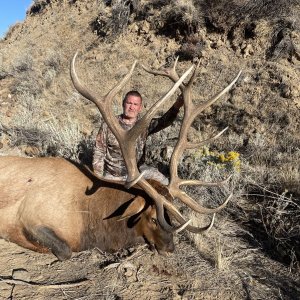

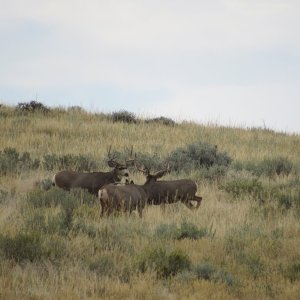

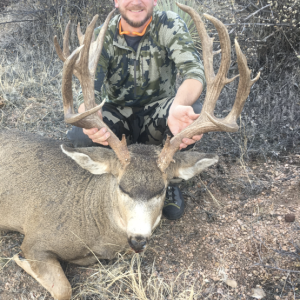
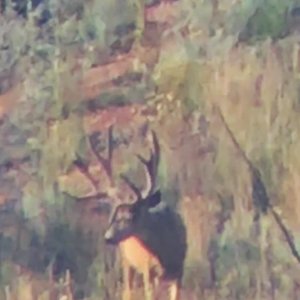
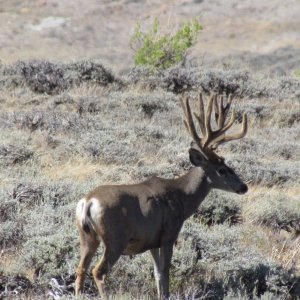
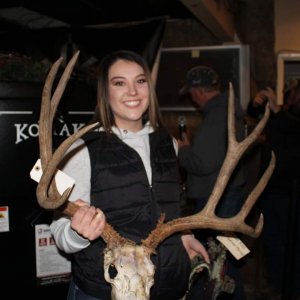

![IMG_1521[1].JPG](/xf/data/xfmg/thumbnail/13/13402-f48f46a5626a1c26736b27a399d54ddb.jpg?1621435739)

